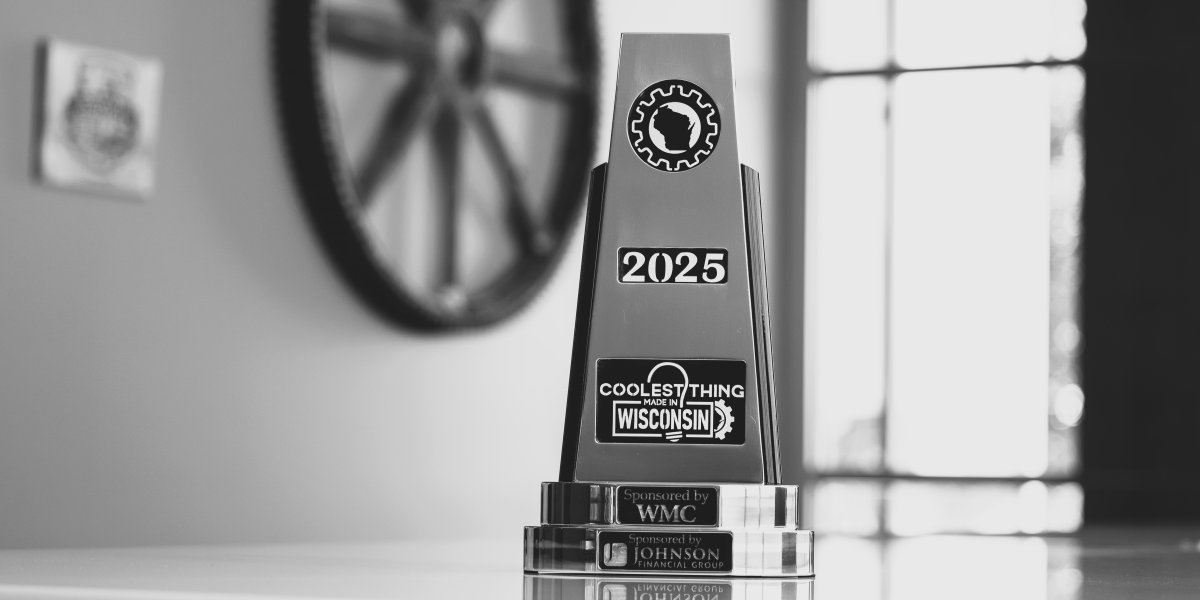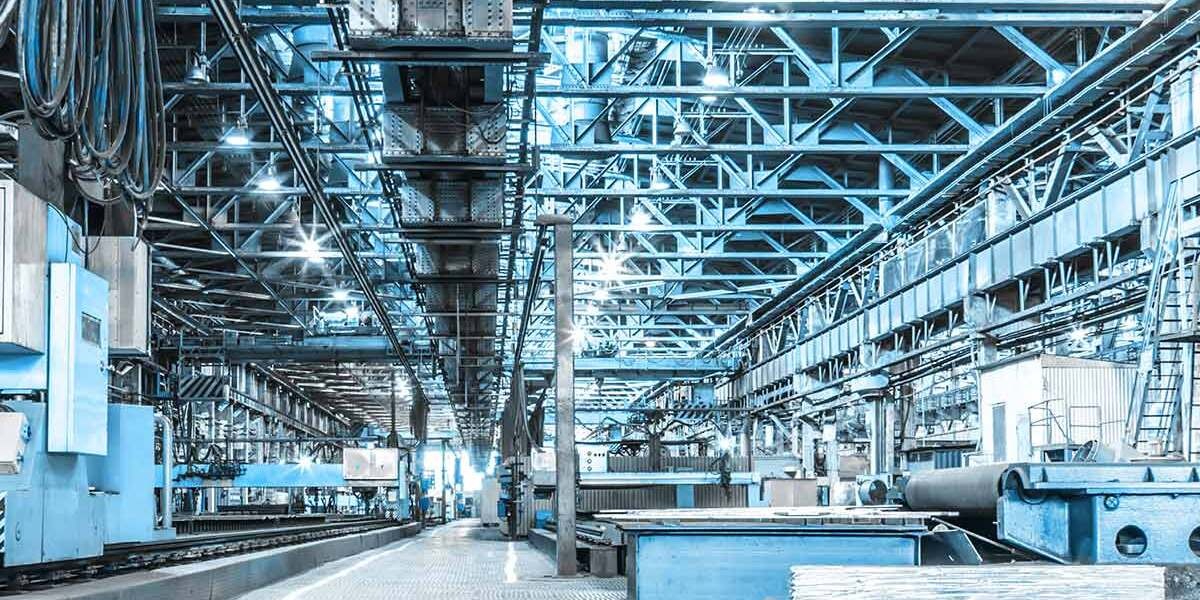“Any discussion about repealing or reducing the value of the manufacturing credit is a discussion about raising taxes on manufacturing jobs,” Manley said. “If the Democrats want to have that debate in the second most intensive manufacturing state in the country, we’ll have that debate and we’ll win it.”
– Scott Manley, WMC Senior Vice President of Government Relations, quoted in the Wisconsin State Journal, June 30, 2016
The Manufacturing & Agriculture Credit (MAC) is an income tax credit adopted by the Legislature in 2011 that rewards production that occurs in Wisconsin in the two largest economic sectors, manufacturing and agriculture. Big government tax-and-spend groups are advocating to repeal the MAC because they want more money spent on expanding government programs rather than providing tax relief for Wisconsin businesses. Here are some of the facts about the MAC:
When did the MAC take effect?
Passed in 2011 as part of the 2011-13 state budget, the MAC began to partially phase-in during 2013. The full credit is just taking effect in 2016.
How does the credit work?
The credit may be claimed on 7.5% of the state’s flat 7.9% corporate income tax rate or the top personal income tax bracket of 7.65%, yielding an effective rate of 0.4% or 0.15%, respectively, for manufacturers or farmers who produce in Wisconsin.
Who may claim the credit?
The credit may be claimed by C corporations that pay the corporate income tax or pass-through entities such as LLCs and S corporations that pass income along to shareholders and pay personal income taxes.
Has the credit drawn investment to Wisconsin?
Many companies have chosen either to relocate here or expand current production here due to the credit. Just last week a Wisconsin-based company announced a Shawano plant expansion that will result in 120 new jobs.
Has the credit impacted employment?
Using data from the U.S. Bureau of Labor Statistics, from 2006 through 2010, Wisconsin lost 81,800 manufacturing jobs. From 2011 when the credit was enacted through 2014, our state gained 34,200 manufacturing jobs.
How does manufacturing job growth here rank compared to other states?
Wisconsin has the 5th highest net increase in manufacturing jobs in the country from 2011 to 2014, the last full year for which data is available from the U.S. Bureau of Labor Statistics.
How well do manufacturing jobs pay?
Manufacturing jobs pay on average about $55,000, which is $10,000 more than average private sector jobs overall.
Should there be a jobs requirement to claim the MAC?
Wisconsin already has some tax benefits that reward job creation, but the MAC focuses on encouraging production here rather than in other states. While other states try to lure business investment with large tax-funded packages, the MAC draws production – and jobs – to Wisconsin by rewarding investment made here.
Can companies that close factories claim the credit?
The credit can only be claimed for production that occurs in Wisconsin. If a business closes its plant here, that company cannot claim the credit after production in Wisconsin has ceased.
Are other states pursuing similar measures?
Governor Andrew Cuomo (D-NY) has signed into law the elimination of the corporate income tax for manufacturers. Indiana has repeatedly reduced its personal income tax so that the current rate is only 3.3%, less than half of Wisconsin’s 7.65% top bracket.
Is the credit only claimed by millionaires?
A recent LFB memo projecting the 2017 income of MAC claimants indicates that 88% of those claimants will earn less than $1 million that year. Most businesses today are organized as pass-through entities like LLCs and S corporations that pass income – and tax liability – along to shareholders.
How much has been claimed through the credit?
The only year the Department of Revenue has complete information for is 2013 when manufacturers used $49.9 million and farmers claimed $11.1 million. Some corporate income tax reporting relevant to 2014 claims are not due until September 2016, so complete numbers won’t be known until then. Without those complete numbers, it is reported that manufacturers have claimed $102 million and farmers $17.5 million for 2014.
QUESTIONS AND COMMENTS
For more information about the Manufacturing & Agriculture Credit, contact Jason Culotta, WMC Senior Director of Government Relations, (608) 258-3400.






